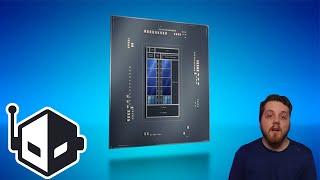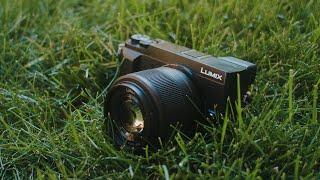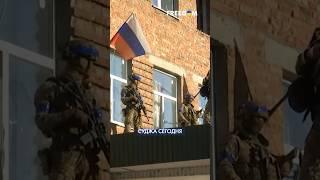
Digital Camera Sensor Technology - Part 3 CCD Sensors explained
Комментарии:

Thank you
Ответить
shift registers should not exits anymore
there a parallel or synchron electrical circuits that exits already like in the 1960´s
i still cant see why they would be used today, that electrical circuit problem is a very old known problem
while cpu´s longly use both, background wireing and paraellel/synchron circuits
that works for anything that has a charge or electric flow, therefore that works on any electric circuit
people that might say you dont see the diffrens that is simply not true, special now in 2021 you more and more can see this problems

What is the meaning of p + and n +
Ответить
How does an analog shift register work though?!
Ответить
It's useful information but it'll make more clear if we'll have it's subtitles..... please upload it's subtitles
Ответить
Charged Couple Devices works just like our LRD "Light Receiving Diodes" or LRRD "Light Receiving Receiver Diodes" in our military satellites. CCDs in digital cameras and telescopes or zoom lens cameras works just our LRD and LRRD systems.
Ответить
Nice
Ответить
I know this video is old but maybe you could answer a question. Are the indiviual pixels in the sensor squares or rectangles?
Ответить
great
Ответить
thank you!
Ответить
amazing and good
Ответить
But can i make one homemade?
Ответить
Hi Graham - great video. Thank you for sharing. Did you get around to creating the CMOS video in the end?
Ответить
ccd
Ответить
this is so well explained :D thanks
Ответить
This was great, thank you ! But what about the video about CMOS sensors ?
Ответить
Hmm.. let's point out one thing though. While CCD is read out pixel-by-pixel, the image in whole is read "all at once" by the processor, thus not creating the screen-tearing effect that of which the CMOS sensor suffers greatly. (Only when doing videography of course.)
Ответить
Thanks for this explanation. It looks to me like the charge is amplified after it is collected and if I understand right, the ISO determines the amplification. Can you explain why there is more noise in the image as amplification (ISO) is increased? Thank you!
Ответить
Thanks
Ответить
Thanks Graham!. That was really helpful and a great explanation of CCD in digital Camera.
Ответить
Thank you Graham
I've learned so much by watching your videos
I must say. I didn't know very much about digital cameras
But thanks to you I've learned a lot even though I watch your videos
More than ONECE believe me.
Thank you
Ted.


























